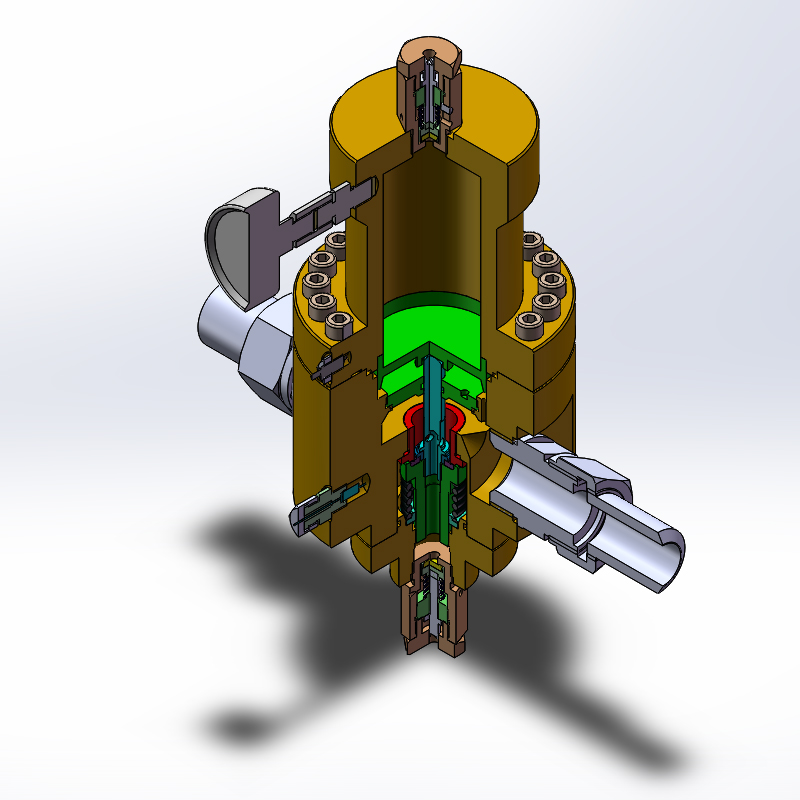
Dec . 04, 2024 23:56
Back to list
Natural Gas Heat Exchanger Efficiency and Performance Analysis Techniques
Heat Exchanger for Natural Gas An Overview
Heat exchangers are vital components in various industrial processes, especially in the energy sector where the demand for efficient thermal management is critical. One key area of application is the processing of natural gas, where heat exchangers play a crucial role in ensuring optimal performance, safety, and energy efficiency. This article delves into the fundamentals of heat exchangers for natural gas, their types, applications, and the advantages they offer.
Understanding Heat Exchangers
A heat exchanger is a system designed to transfer heat between two or more fluids without mixing them. The fluids can be liquids, gases, or a combination of both. In the context of natural gas, heat exchangers are used to regulate the temperature of the gas and facilitate various processes such as liquefaction, compression, and heating. The efficient transfer of heat within these systems is essential for maximizing energy use and minimizing waste.
Types of Heat Exchangers
1. Shell and Tube Heat Exchangers These are among the most common types used in natural gas applications. They consist of a series of tubes, with one set carrying the hot fluid and the other the cold fluid. The heat exchange occurs across the tube walls, allowing for efficient thermal transfer. Shell and tube heat exchangers are favored for their robustness and ability to handle high pressures and temperatures.
2. Plate Heat Exchangers These devices consist of multiple thin plates stacked together, creating channels for the fluids. They are known for their compact size and high efficiency, making them suitable for applications where space is a constraint. Plate heat exchangers are increasingly popular in the natural gas sector due to their ability to handle a wide range of temperature and pressure conditions.
3. Air-Cooled Heat Exchangers These systems utilize air as a cooling medium, making them ideal for applications where water is scarce. They are often employed in natural gas processing plants to cool gases after compression or to dissipate heat generated during various processes.
Applications in Natural Gas Processing
.
- Liquefaction In LNG (liquefied natural gas) production, heat exchangers cool natural gas to a liquid state, facilitating storage and transportation. This process requires highly efficient heat exchangers to ensure energy efficiency and reduce operational costs.
المبادل الحراري للغاز الطبيعي

- Compression Natural gas must be compressed for transportation through pipelines. Heat exchangers help manage the heat generated during compression, preventing damage to equipment and ensuring safety.
- Regeneration Heat exchangers are used to recover waste heat from various processes to preheat incoming natural gas, improving the overall system efficiency.
Advantages of Using Heat Exchangers
The use of heat exchangers in natural gas applications provides several benefits
- Energy Efficiency By recovering and reusing waste heat, heat exchangers significantly improve the energy efficiency of natural gas processing, leading to lower operational costs.
- Environmental Impact Efficient heat management reduces the overall carbon footprint of natural gas operations, making them more environmentally friendly.
- Safety Proper thermal management helps prevent overheating of equipment, which can lead to accidents or failures.
- Cost Savings Reducing energy consumption and extending the lifespan of equipment through effective heat exchange translates to lower operational and maintenance costs.
Conclusion
Heat exchangers are indispensable in the natural gas industry, facilitating efficient thermal energy transfer and enhancing process performance. Their diverse applications, coupled with the various types available, help meet the industry's growing demands for energy efficiency, safety, and environmental sustainability. As the energy landscape continues to evolve, the significance of effective heat exchangers in natural gas processing will only increase, making them a central component of future innovations in the sector.
Next:
Latest news
-
Safety Valve Spring-Loaded Design Overpressure ProtectionNewsJul.25,2025
-
Precision Voltage Regulator AC5 Accuracy Grade PerformanceNewsJul.25,2025
-
Natural Gas Pressure Regulating Skid Industrial Pipeline ApplicationsNewsJul.25,2025
-
Natural Gas Filter Stainless Steel Mesh Element DesignNewsJul.25,2025
-
Gas Pressure Regulator Valve Direct-Acting Spring-Loaded DesignNewsJul.25,2025
-
Decompression Equipment Multi-Stage Heat Exchange System DesignNewsJul.25,2025

